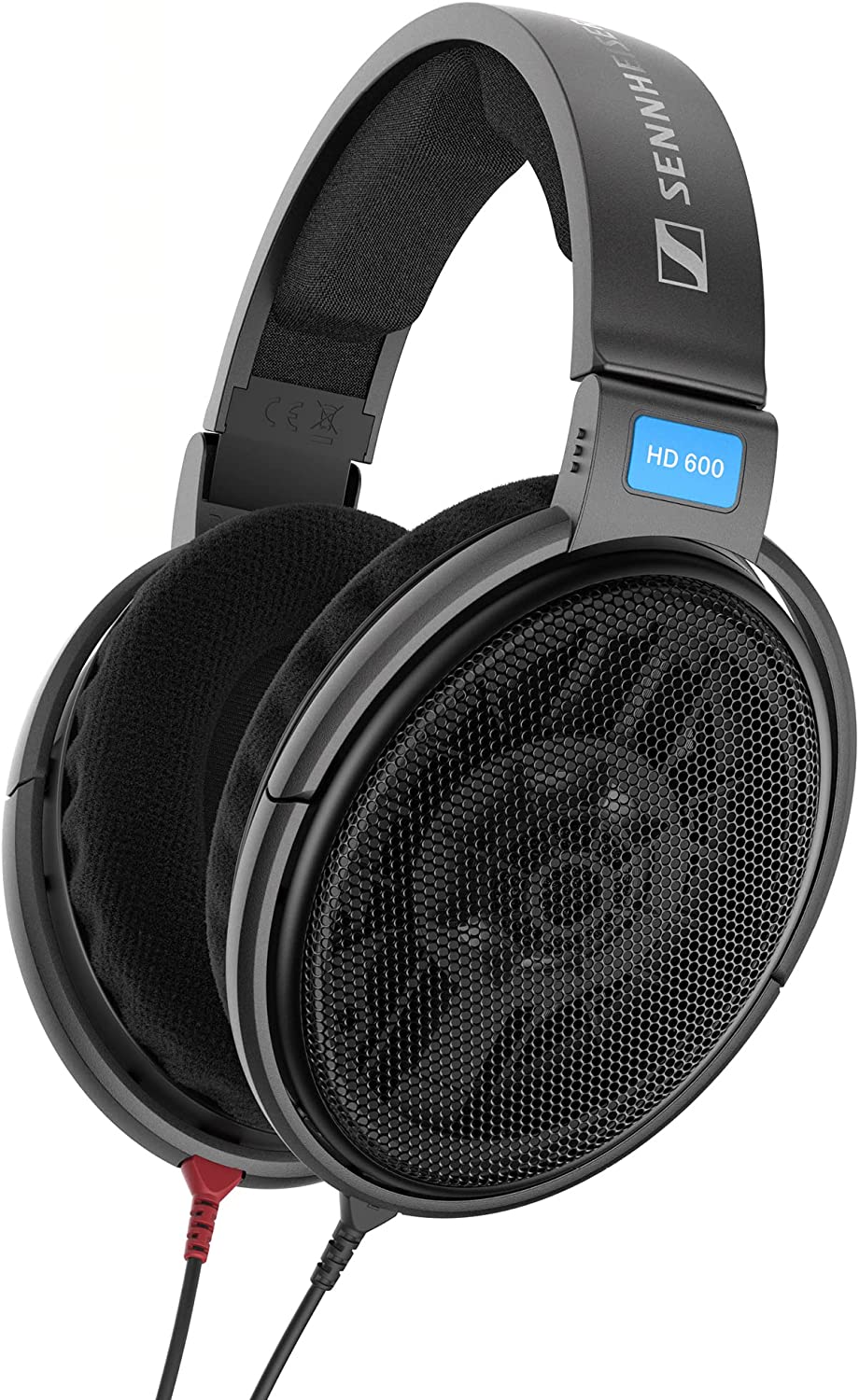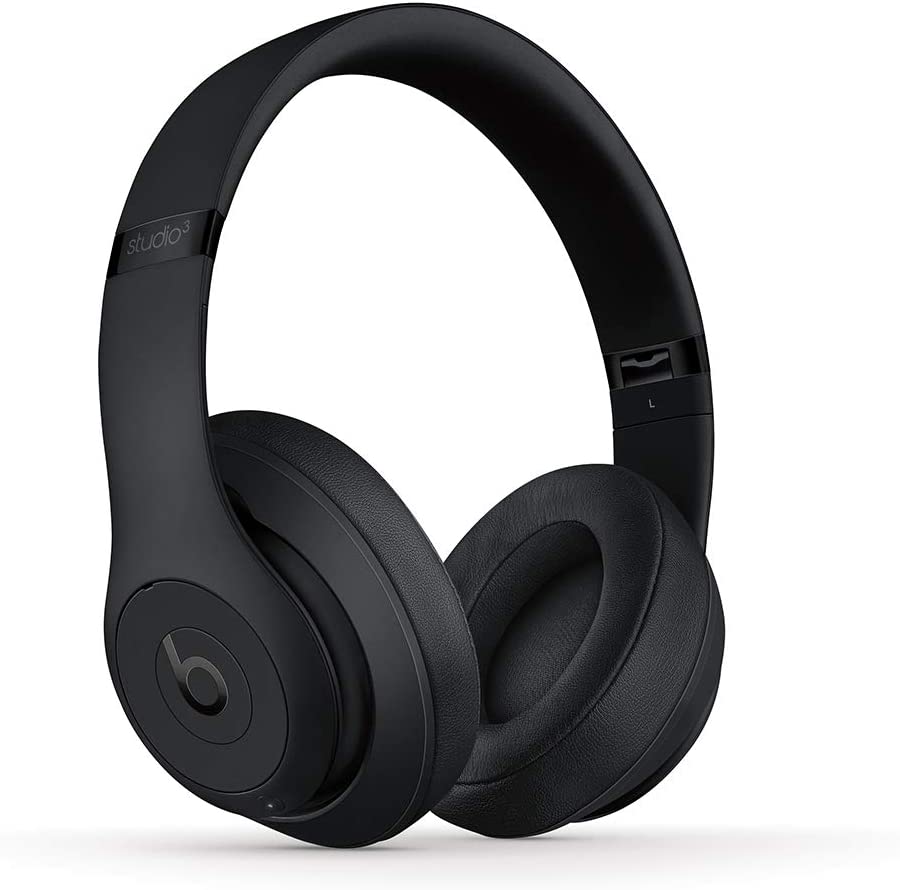Buying the Best Head Phones Possible
 Headphones are an essential tool for many people, whether for listening to music, watching movies, or taking calls. However, with so many different models and brands available on the market, it can be challenging to know what to look for when choosing the best headphones for your needs.
Headphones are an essential tool for many people, whether for listening to music, watching movies, or taking calls. However, with so many different models and brands available on the market, it can be challenging to know what to look for when choosing the best headphones for your needs.
When it comes to determining the quality of headphones, one of the most important factors is fidelity. Fidelity refers to the accuracy with which the headphones reproduce sound, including the depth, clarity, and balance of various frequencies. The higher the fidelity, the more precise and detailed the sound quality will be.
To determine the fidelity between different headphone models, there are a few things to look for. Firstly, the frequency response curve, which shows the range of frequencies that the headphones can produce, should be relatively flat, indicating that the headphones can reproduce all frequencies with similar accuracy. Additionally, the total harmonic distortion (THD) should be low, indicating that the headphones can accurately reproduce complex sound signals without distortion or interference.
Aside from fidelity, there are other factors to consider when choosing the best headphones for your needs, such as comfort, noise isolation, and durability. In terms of comfort, the headphones should fit well and feel comfortable, even during extended use. Noise isolation is also essential, as it can help block out external noise and allow you to focus on your music or other audio.
To test a headphone for audio fidelity, there are several methods you can use. Here are some of the most common approaches:
- Listening Test: The most straightforward method to test the audio fidelity of a headphone is through listening. Listen to various types of music and different sound frequencies. Check if the headphone is producing sound at the correct volume, clarity, and balance. You can use reference tracks, audiophile music or music with a lot of instrumentation to test the clarity and separation of different sounds.
- Frequency Response: Frequency response measures the range of sound frequencies that a headphone can reproduce. A flat frequency response is ideal because it means that the headphone produces sound at equal volume levels across the entire frequency range. You can use frequency response graphs to see how the headphone performs at different frequency ranges.
- Distortion Test: Distortion is a phenomenon where the headphone produces unwanted noise or harmonic distortion. To test for distortion, you can use a sine wave generator, and play a pure sine wave sound. The headphones should produce a clean and pure sound without any unwanted noise or distortion.
- Impedance: Impedance measures the amount of power that the headphone requires to produce sound. Impedance can affect the volume, bass response, and overall sound quality of the headphone. You can use an impedance meter to test the impedance of the headphone.
- Noise isolation: Noise isolation measures how well the headphone blocks external noise. Noise isolation is essential if you want to use the headphone in noisy environments. You can test noise isolation by playing music at a low volume while wearing the headphone and listen for external noise.
The average person can test a headphone for audio fidelity using a few simple methods. Here are some tips:
- Listen to familiar music: The best way to test a headphone is by listening to familiar music. Choose music that you are familiar with and that you know well. This will help you to detect any differences in the sound quality and make it easier to compare the headphones.
- Listen for balance and clarity: When listening to music, pay attention to the balance and clarity of the sound. Is the sound clear and crisp? Is the bass too overpowering? Are the vocals clear and easy to understand? You want a headphone that produces a well-balanced and clear sound.
- Check the volume: Make sure to test the headphones at different volume levels. You want a headphone that maintains its sound quality even at high volumes.
- Use different genres: Listen to music of different genres to see how well the headphones perform with different types of music. Classical music, for example, requires a different sound quality than hip hop or electronic music.
- Test noise isolation: Test the noise isolation by playing music in a noisy environment or with external noise around you. A headphone with good noise isolation should block out external noise and provide a clear sound.
- Use an equalizer: If you have an equalizer, use it to adjust the sound levels of the headphones. This will allow you to test the headphone's ability to produce different sound frequencies.
When it comes to choosing the best brands of headphones, there are many options available, each with its own strengths and weaknesses. Some of the most popular brands include Bose, Sennheiser, Sony, and Audio-Technica, all of which have a reputation for producing high-quality headphones with excellent sound fidelity and other features. Ultimately, the best brand for you will depend on your personal preferences and needs, so it's important to consider all of the factors when making your decision.
Here are some factors when deciding:
Read reviews from verified purchasers: Look for products that have a high number of positive reviews from verified purchasers. This will help you gauge the product's quality and reliability.
Check for compatibility: Make sure the earphones are compatible with your device. Check the product description to ensure that it will work with your phone or computer.
Consider the type of earphones: There are several types of earphones, including in-ear, on-ear, and over-ear. Each type has its own advantages and disadvantages, so choose the one that fits your needs.
Look for features: Some earphones come with features such as noise cancellation, volume limiting, or wireless connectivity. Consider which features are importnt to you before making a purchase.
Check the price: Finally, consider the price. Whie more expensive earphones may offer better sound quality and features, there are also many affordable options aailable that still provide good value.
I hope these tips help you find the best earphonesfor your needs on Amazon!
Here are some links to the best Audio Headphones
 Bose QuietComfort 35 II Wireless Bluetooth Headphones, Noise-Cancelling, with Alexa Voice Control - Black
Bose QuietComfort 35 II Wireless Bluetooth Headphones, Noise-Cancelling, with Alexa Voice Control - Black Bose BOSEbuild Headphones - Build-it-yourself Bluetooth Headphones for Kids
Bose BOSEbuild Headphones - Build-it-yourself Bluetooth Headphones for Kids Sennheiser HD 600 - Audiophile Hi-Res Open Back Dynamic Headphone
Sennheiser HD 600 - Audiophile Hi-Res Open Back Dynamic Headphone Beats Studio3 Wireless Noise Cancelling Over-Ear Headphones - Apple W1 Headphone Chip, Class 1 Bluetooth, 22 Hours of Listening Time, Built-in Microphone - Matte Black (Latest Model)
Beats Studio3 Wireless Noise Cancelling Over-Ear Headphones - Apple W1 Headphone Chip, Class 1 Bluetooth, 22 Hours of Listening Time, Built-in Microphone - Matte Black (Latest Model)

 Bose SoundLink Flex Bluetooth Portable Speaker, Wireless Waterproof Speaker for Outdoor Travel - White & New QuietComfort Earbuds II & Sound, Triple Black
Bose SoundLink Flex Bluetooth Portable Speaker, Wireless Waterproof Speaker for Outdoor Travel - White & New QuietComfort Earbuds II & Sound, Triple Black
 Sony WH-1000XM5 Wireless Industry Leading Headphones with Auto Noise Canceling Optimizer, Crystal Clear Hands-Free Calling, and Alexa Voice Control, Black
Sony WH-1000XM5 Wireless Industry Leading Headphones with Auto Noise Canceling Optimizer, Crystal Clear Hands-Free Calling, and Alexa Voice Control, Black

